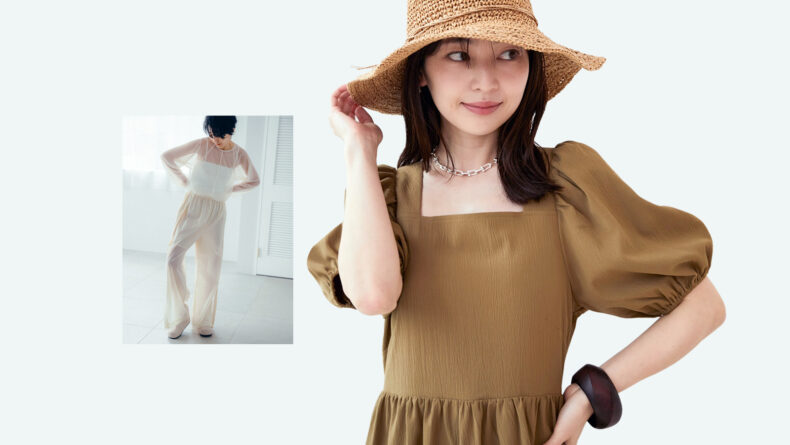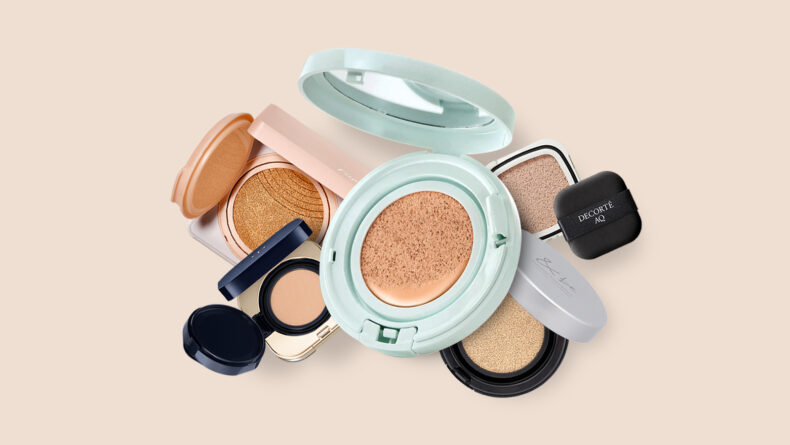Survival Guide: Japanese Summer
Tips And Tricks For Tackling The Heat
Read on for some simple yet effective advice on how to turn the most dreadful season, for a lot of us, into not just bearable, but more than that—an enjoyable experience.
Being a Tokyo resident for nearly half of my life I have acquired a number of simple solutions that will lift some weather-related stress off your shoulders. These are rarely talked about pieces of advice that definitely deserve more attention. Because, at the end of the day, it’s the little things that matter.
Now, let me share them with you.
Skincare
 © Photo by iStock: AleksandarNakic
© Photo by iStock: AleksandarNakicThe weather is changing and so should your skincare routine. It’s time to take a flexible approach to product choice and application. To avoid having your expensive face creams melting off your face and sucked up into a tissue or handkerchief, reduce morning skincare to the bare minimum. The lightest moisturizer and sunscreen will be sufficient while humidity will do the rest and help with a natural dewy finish. In the evening, take the more is more approach and layer up. If you sleep with the air conditioner on, applying an oil-based heavy-duty moisturizer as a final step is particularly important as it will prevent your skin from resembling a dry umeboshi (fermented Japanese plum) by the time you wake up.
Bath mat
 © Photo by iStock: kokoroyuki
© Photo by iStock: kokoroyukiMeet your new friend, the always dry, 珪藻土バスマット(keisoudo basu matto; “diatomite bath mat”.) Made from a highly absorbent natural rock called diatomaceous earth, this mat is an effective, safe and eco-friendly replacement to that never drying fabric bath mat. Shaped as a solid block, it has a smooth surface comfortable for your feet. The material immediately absorbs water preventing any leakage and helps to keep the floor underneath always dry. Anyone who’s had to deal with the damage caused by a wet bath mat kept on a wooden floor will understand. You can find the diatomite bath mat in furniture stores like Nitori, or online on Amazon, Rakuten or Mercari. Savvy tip: diatomite also makes exceptional coasters and shoe drying sacs as well.
Shoe storage
 © Photo by iStock: man_kukuku
© Photo by iStock: man_kukukuDuring humid months, your precious shoes collection is at a very high risk of molding, and you are at a very high risk of seeing new life evolving on your favorite pair of suede boots by the time it’s cold enough to wear them again. To avoid the damage both mentally and physically, wrap each out-of-season shoe separately in a piece of natural cloth such as linen or cotton (old bedding linen or a towel would do) and put it in a zip lock bag. Just make sure that everything you seal is completely dry. This simple yet effective process will keep your shoes fresh, clean and mold-free even in the most humid environments.
Air conditioning
 © Photo by iStock: bymuratdeniz
© Photo by iStock: bymuratdenizTurning on the cooling option 冷房 (reibou; “cooling”) on your air conditioner will leave your living environment feeling, although cooler, still humid. Add here the fact, that the major difference in temperatures in and out of the house might lead to you easily catch a cold. Instead, set your air conditioner on dry mode 除湿 (jyoshitsu; “dehumidification”) orドライ(dorai; “dry”), depending on your model. Using the dehumidification setting will allow you, without a drastic change in temperature, to enjoy some much-needed freshness at home.
Umbrella
 © Photo by iStock: yamasan
© Photo by iStock: yamasanEver found yourself in a situation where you carried a plastic umbrella all day long and when it finally started to rain you realized that you had forgotten it on the train? Or maybe you’ve had your heart sunk looking at the mountain of single-use plastic umbrella wrappers at the shops’ entrance? Well then, let’s kill two birds with one stone. Do yourself and the planet a favor and get a foldable umbrella. Uniqlo created a particularly good ultra-light one that bends (but doesn’t break!) even in strong wind and has its own little bag conveniently attachable to the handle. Bonus point: it doubles up as a sun umbrella—perfect for both the rainy season and the harsh sunshine that follows.
Natto icecream
 © Photo by iStock: Pinkybird
© Photo by iStock: PinkybirdWell, this one might not be for everyone, but souls brave enough to try, won’t regret it.
Unexpected and hardly imaginable, this power couple, natto (fermented soybeans) and ice cream bring the best out of each other. The secret of success is that the simple and strong vanilla flavor of ice cream completely overpowers natto’s ‘unique’ smell. The frozen beans taste like boiled peanuts and that slimy texture of natto mixed with ice cream gives a unique stretchy and stringy texture—similar to Turkish ice cream. This underrated match is truly made in heaven. The ice cream flavors that perform the best here are green tea and vanilla—you’ll end up with a refreshingly cold, filling, nutritious and delicious snack. Add kinako (dried soy bean powder) for an extra little punch of flavor and enjoy! Bonus point: you’ll have the most unique story to tell even in the company of the savviest foodies.
Summer in Japan can be a one-of-a-kind challenging experience, but it doesn’t have to be. I hope these tips will prove useful and help make your summertime here a little bit easier.
Do you have any less spoken about tips or tricks you use to get through Japan’s summer? Let us know in the comments below.











Leave a Reply